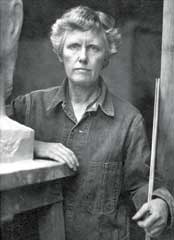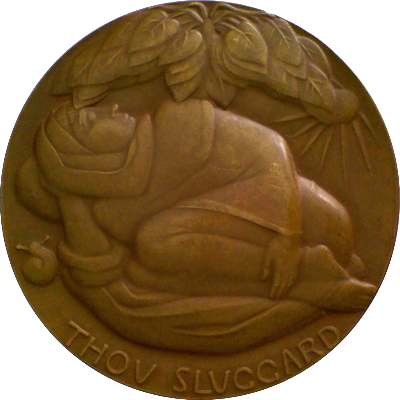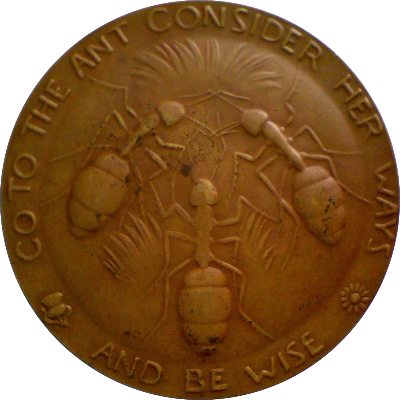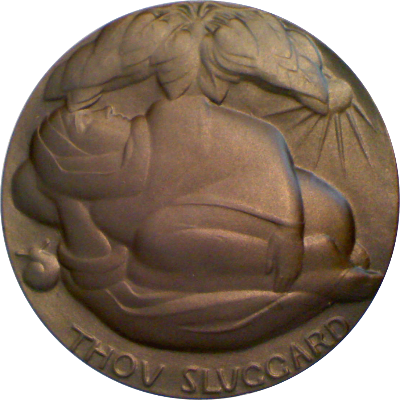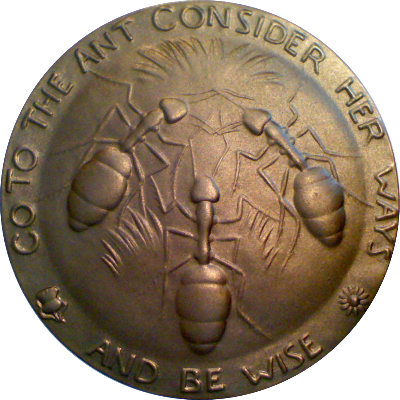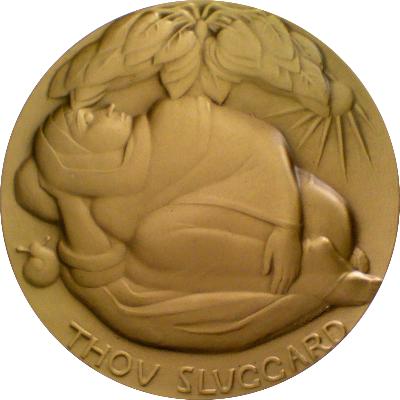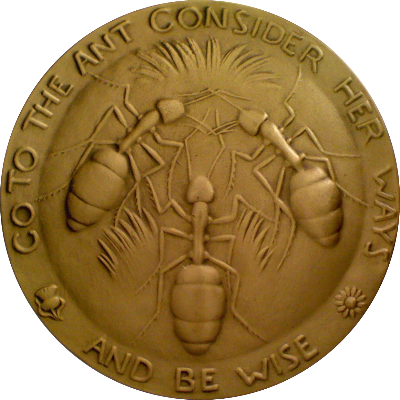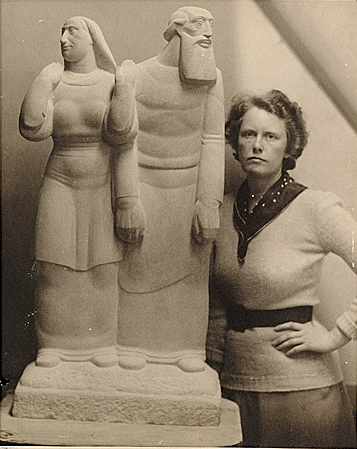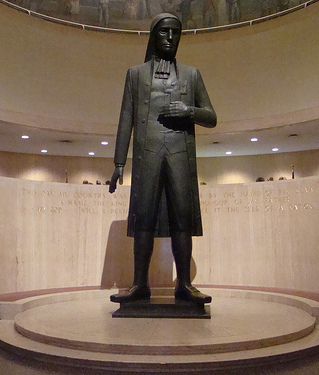Janet de Coux was born in 1904 in Niles, Michigan to Reverend C.J. and Bertha de Coux. De Coux was the youngest of five children. In 1914, when de Coux was ten years old, the family relocated to Richland, Pennsylvania. The family of seven was very cramped, especially in the first few years before their small house could be expanded. At the time, Richland was a small rural village. The family's lifestyle fit the town very well – they grew most of their own food, owned a cow and a horse, and often escaped their small house by sleeping in nearby fields. The Reverend de Coux was a minister of French-Canadian Episcopal faith, while Bertha de Coux managed a nearby spring house to pad the family's income.
In the 1920's, de Coux had the ability to attend the Carnegie Institute of Technology (now known as Carnegie Mellon University). After two years, she turned her focus to art, specifically sculpture. She was an apprentice to five different well-known American sculptors, Carl Paul Jennewein, Aristide Cianfarani, Alvin Mayer, Gozo Kawamura, and James Earle Fraser. After finishing her apprenticeships, she continued her artistic studies at New York School of Industrial Design, Rhode Island School of Design, and School of the Art Institute of Chicago. She was also invited to be a Tiffany Fellow at the home of Louis Comfort Tiffany. In the 1930's, de Coux met Eliza Miller, the woman who would be her partner for the rest of her life. Miller was also a sculptor.
In 1942, de Coux began teaching at the Cranbrook Academy of Art in Bloomfield, Michigan. She and Miller moved to be near the school and befriended the locally located Anne Lindbergh, wife of famed aviator Charles Lindbergh. This was ten years after the disappearance of her son, Charles Lindbergh, Jr. Anne invited de Coux and Miller to live with her while her husband served in World War II, and the three women became very close.
In 1945, de Coux decided it was time to return to the family home in Richland, Pennsylvania. She wanted to devote herself entirely to her art, and so converted the barn into a studio. Though de Coux and Miller never had children, Miller took in her nephew's two children after their mother passed away in 1957. De Coux continued working on her sculpture and also self published a book of poetry and drawings in 1994. She remained at home in Richland with Miller until her death in 1999.
Sourced from materials listed in the Resources section.
